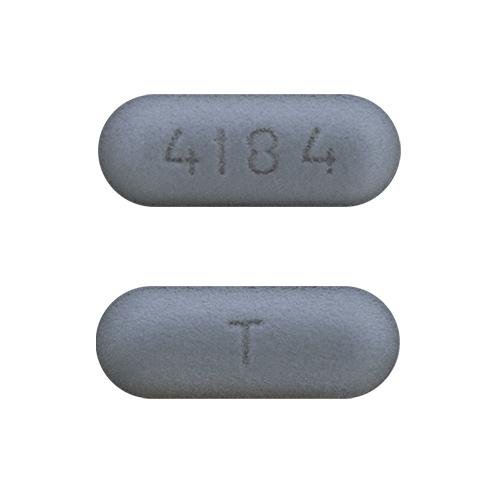Pazopanib and Alcohol/Food Interactions
There is 1 alcohol/food/lifestyle interaction with pazopanib.
Pazopanib Food/Lifestyle
Major Food Interaction
GENERALLY AVOID: Grapefruit juice may increase the plasma concentrations of pazopanib. The proposed mechanism is inhibition of CYP450 3A4-mediated first-pass metabolism in the gut wall by certain compounds present in grapefruits. Although not studied, the interaction may increase the risk of QT interval prolongation and torsade de pointes arrhythmia as well as severe and fatal hepatotoxicity associated with the use of pazopanib.
ADJUST DOSING INTERVAL: Food increases the oral bioavailability of pazopanib. The mechanism of interaction is unknown. Administration of pazopanib with a high-fat or low-fat meal results in an approximately 2-fold increase in peak plasma concentration (Cmax) and systemic exposure (AUC).
MANAGEMENT: Patients treated with pazopanib should avoid consumption of grapefruit, grapefruit juice, and any supplement containing grapefruit extract. Pazopanib should be administered at least one hour before or two hours after a meal.
References (1)
- (2009) "Product Information. Votrient (pazopanib)." GlaxoSmithKline
Switch to consumer interaction data
Pazopanib drug interactions
There are 710 drug interactions with pazopanib.
Pazopanib disease interactions
There are 11 disease interactions with pazopanib which include:
- bleeding
- liver dysfunction
- GI perforation
- CV disease
- hypothyroidism
- lung dysfunction
- QT prolongation
- hypertension
- PRES
- proteinuria
- thromboembolic disorders
More about pazopanib
- pazopanib consumer information
- Check interactions
- Compare alternatives
- Pricing & coupons
- Reviews (92)
- Drug images
- Side effects
- Dosage information
- During pregnancy
- Drug class: VEGF/VEGFR inhibitors
- Breastfeeding
- En español
Related treatment guides
Drug Interaction Classification
| Highly clinically significant. Avoid combinations; the risk of the interaction outweighs the benefit. | |
| Moderately clinically significant. Usually avoid combinations; use it only under special circumstances. | |
| Minimally clinically significant. Minimize risk; assess risk and consider an alternative drug, take steps to circumvent the interaction risk and/or institute a monitoring plan. | |
| No interaction information available. |
See also:
Further information
Always consult your healthcare provider to ensure the information displayed on this page applies to your personal circumstances.


